
Home / Production Farming
Farming
Agriculture is one of the most critical sectors of the Indian economy that not only drives the growth and development of agriculture and allied sectors directly but also affects the well-being of rural people at large, their prosperity and employment and also forms an important resource base for number of agro-based industries and agro-services. Scientific warehousing in the marketing activity has multipronged role in reducing storage losses of all sorts, functioning as market place and promote pledge financing resultantly addressing the issues of distress sell and facilitating future trading.
The Indian government has taken several initiatives to encourage private investment in the agricultural area including deregulation of the sector from license, relaxing import duties and FDI norms, and changing policy regulations for private sector activities in the market. The govt. has also invested in several government infrastructure projects such as Food Parks, Agri Export Zones, and Terminal Markets. With a view to make a humble contribution to government’s efforts in mitigating the farmer’s ongoing distress, SEPL has already acquired land and started horticulture Farming on cooperative basis. SEPL is producing best quality Wheat, Rice, pulses, Rubber, Mangoes and Lichi in its Farms.
SEPL has ambitious plan to enter in the field of Organic Farming from the present conventional Farming. The Organic farming is a technique, which involves cultivation of plants and rearing of animals in natural ways. This process involves the use of biological materials, avoiding synthetic substances to maintain soil fertility and ecological balance thereby minimizing pollution and wastage. Foods from Organic farms are loaded with nutrients such as vitamins, enzymes, minerals and other micro-nutrients compared to those from conventional farms. Since Organic Farming use natural farming techniques it does not harm humans and environment. In fact it helps in alleviating the greenhouse effects and protecting the environment.
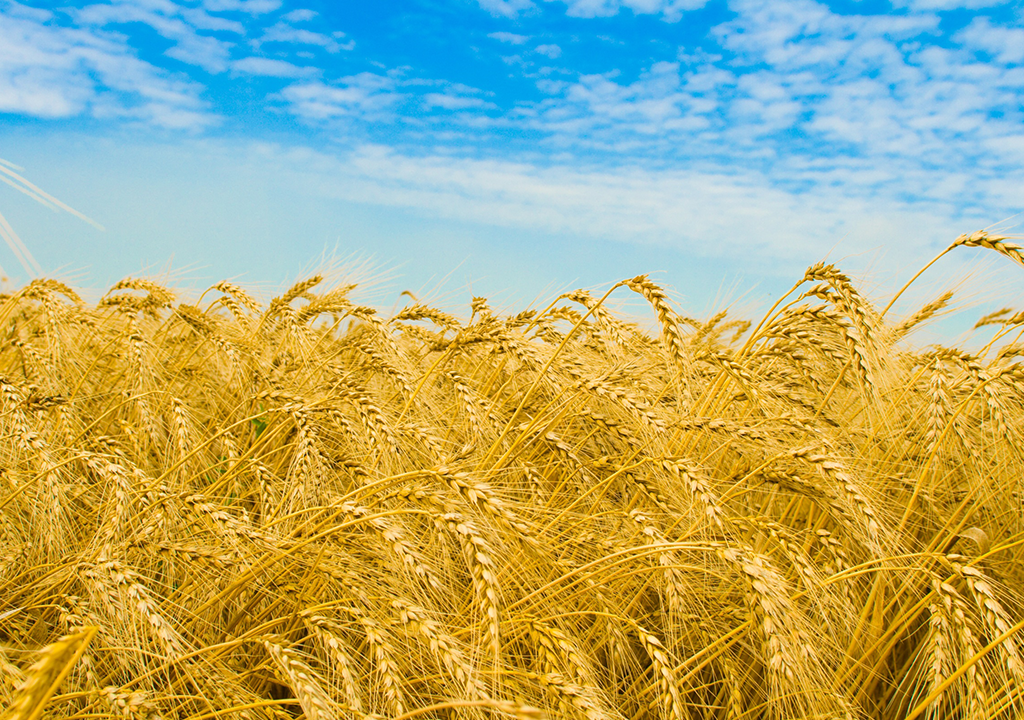
Wheat Farming
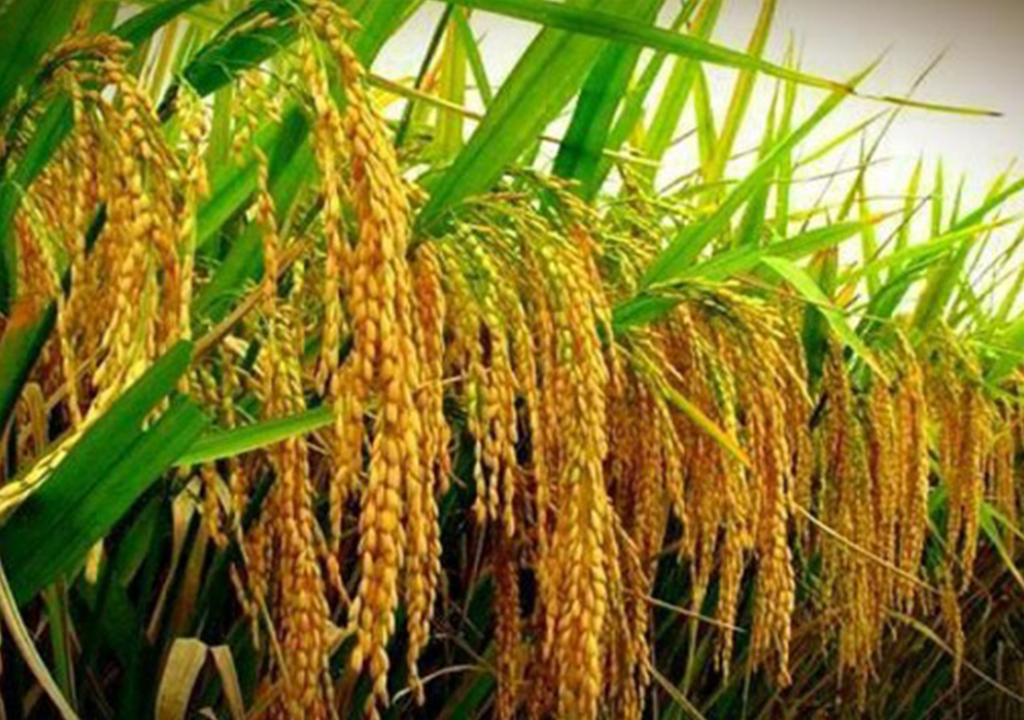
Rice Farming
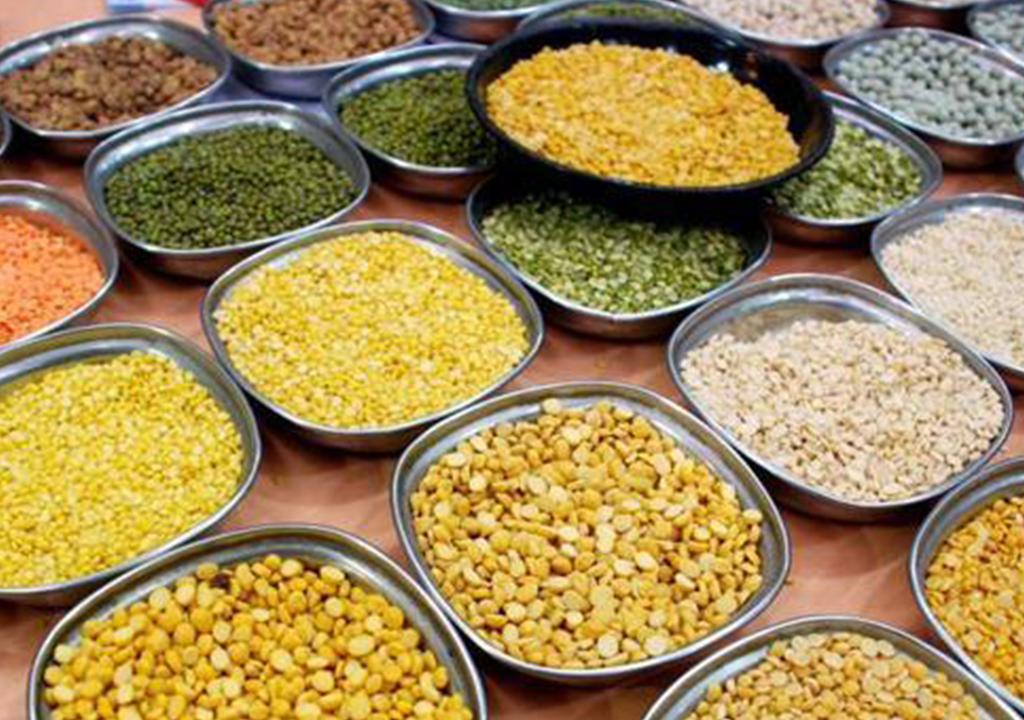
Pulses Farming
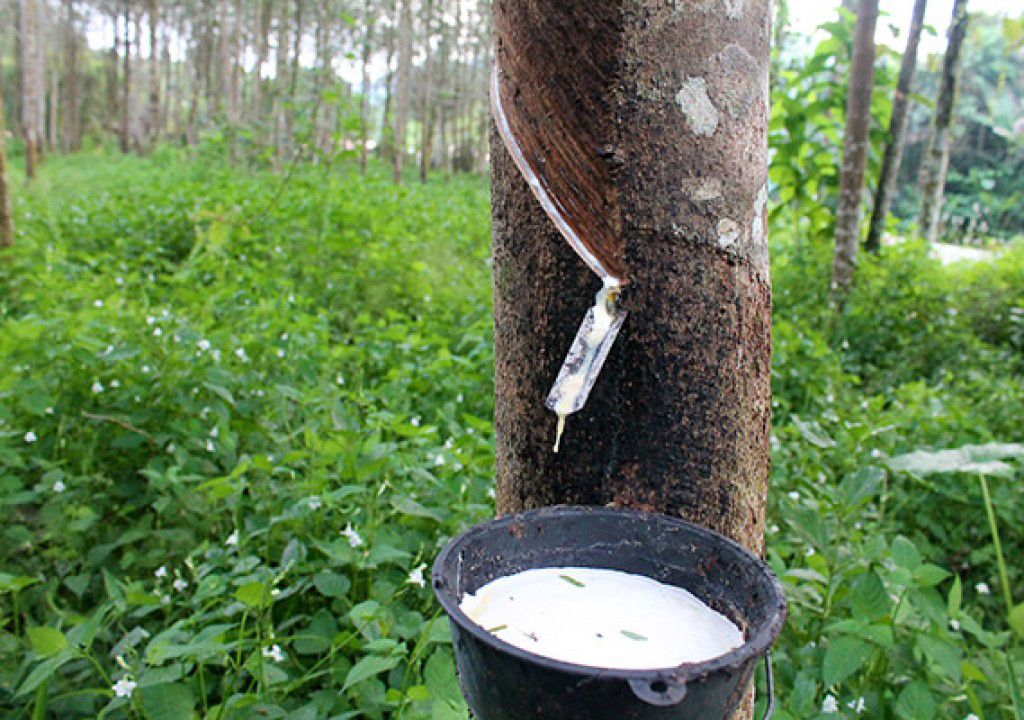
Rubber Farming
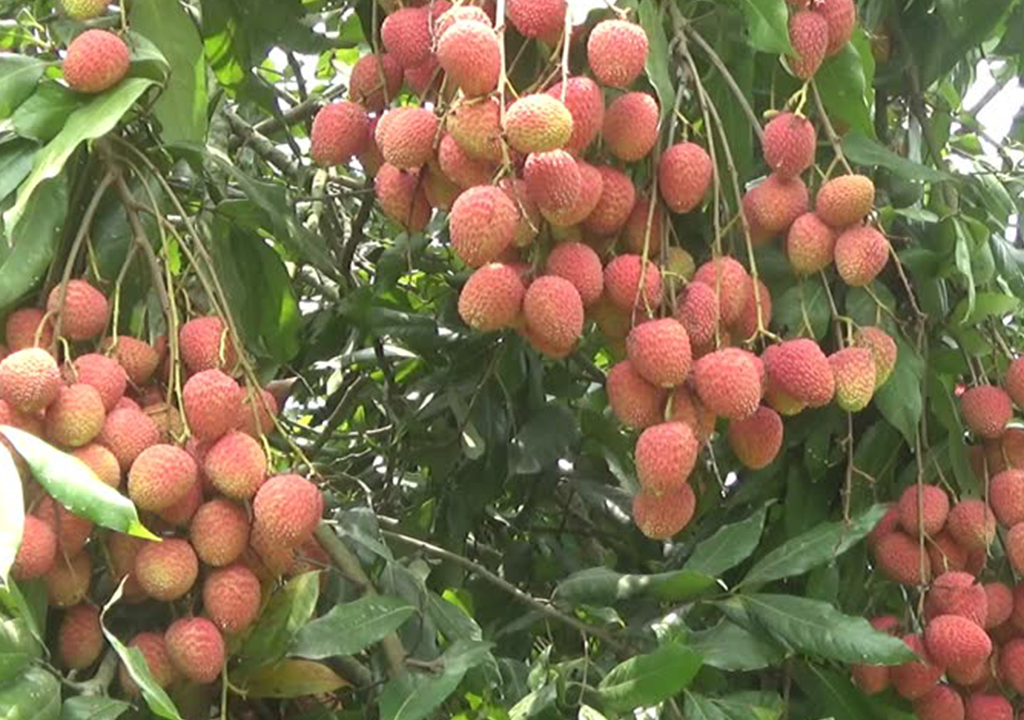
Lichi Farming
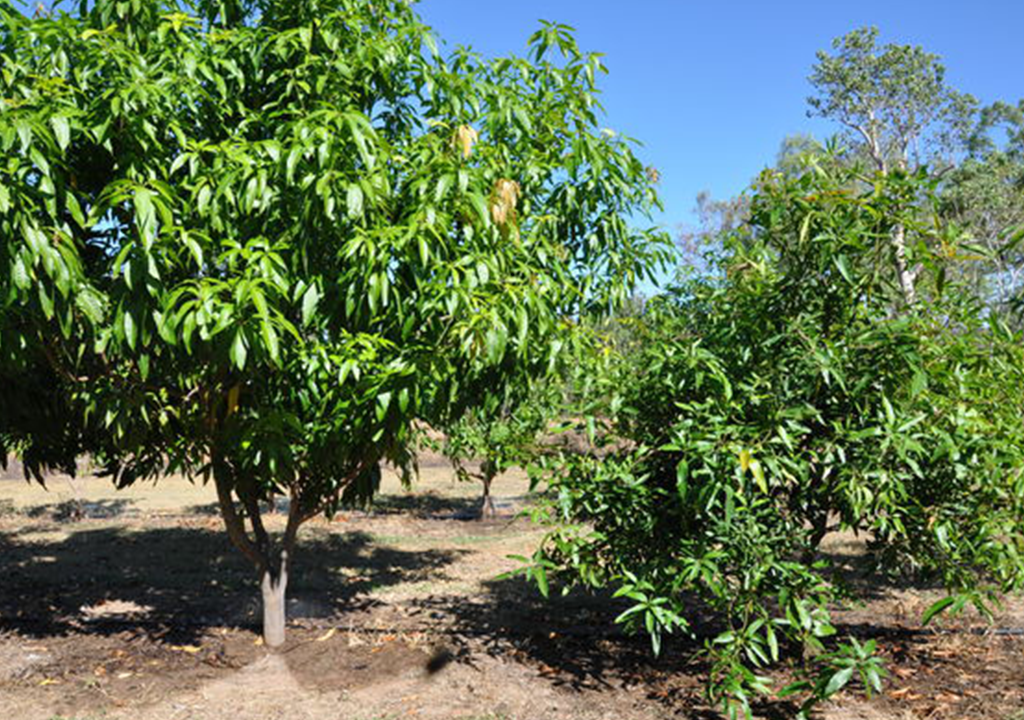
Mango Farming
With a total population of 1.27 billion, India becomes second most populous and seventh largest country in the world. Agriculture has been the primary source of livelihood in India with at least 58% of Indian population depending upon it. India is also the largest producer of agricultural products of milk, jute, and pulses, and the second largest producer of rice, sugarcane, wheat, groundnuts, and cotton, and leading producer of spice, fish, poultry, livestock, and plantation crops. The Indian food processing industry also accounts for 32% of the country’s total food market, and is ranked fifth in terms of production, consumption, export, and expected growth. During the crop year 2017-18, the food grain production in India is estimated at record 284.83 million tonnes, and in the current crop year, the government of India is targeting on increasing their food grain production up to 285.2 million tonnes.
Today, the Indian agriculture industry continues to face internal as well as external challenges. The reasons for such challenges might be monsoon dependence, low level of input usage, fragmented land-holding, lack of technology application, antiquated agronomic practices, and poor rural infrastructure that would deter a healthy growth. The Indian agriculture industry is at the verge of a revolution that will modernize the entire food market of India, and the total food production in India is likely to double in the upcoming years. Currently, there are excellent export prospects for India which has created international trade opportunities for India.
The Indian government has taken several initiatives to encourage private investment in the agricultural area including deregulation of the sector from license, relaxing import duties and FDI norms, and changing policy regulations for private sector activities in the market. The govt. has also invested in several government infrastructure projects such as Food Parks, Agri Export Zones, and Terminal Markets.
Some of the major governmental initiatives in the agricultural industry are as follows:
- Rs. 2,021 crore has been transferred to the bank accounts of more than 10 million farmers on February 2019 under the Pradhan Mantri Kisan Samman Nidhi Yojana (PM-Kisan).
- In order to boost agriculture exports, the Indian government has launched the Transport and Marketing Assistance scheme to provide financial assistance for transport and marketing of agriculture products.
- The Cabinet Committee on Economic Affairs, Government of India, has approved a Rs 5,500 crore assistance package for the sugar industry in India.
- The Pradhan Mantri Krishi Sinchai Yojana of the Government of India has planned an investment of Rs 50,000 crore for the development of irrigation sources for providing a permanent solution from drought.
